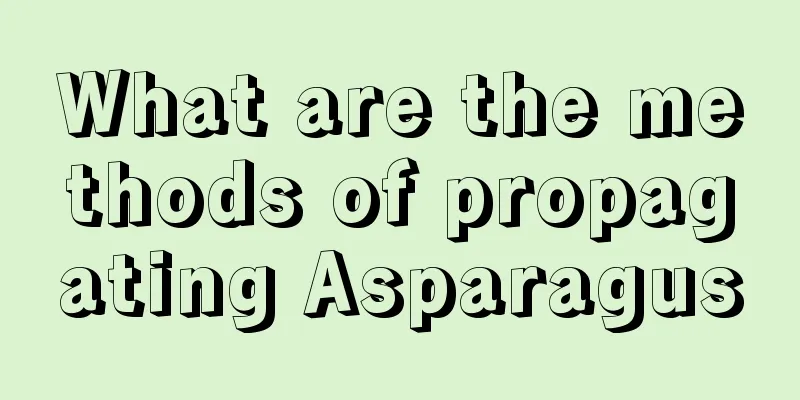How to grow black grass

1. Maintenance methods1. Temperature: Black seed grass prefers a cool growing environment, so it is generally planted in the north. If the temperature is too high, the growth will be slow. Of course, the temperature cannot be too low, so under normal circumstances, it only needs to be kept warm. If it is too hot in summer, it can be cooled down. 2. Watering: It likes a humid growing environment, so provide enough water during the growth period. Water it about every three to five days in spring. In summer, water loss will be faster, so it needs to be watered every day. More watering in summer can also reduce the temperature. Water once a week in winter. 3. Light: It likes warm and sufficient light. In spring and autumn, it can receive full sunlight and grow vigorously. In summer, it can be properly shaded because its flowers are relatively fragile. If exposed to strong light, they will wither and die, and the overall growth of the plant will slow down. 4. Fertilization: Fertilizer is relatively important for black grass. Before it blooms, it needs to be applied with nitrogen fertilizer once a month. Nitrogen fertilizer can promote its growth and development. However, during the flowering period, nitrogen fertilizer should be stopped and fertilizer water cake should be used instead, applied once a month. After the flowering is over, continue to fertilize it once, and stop fertilizing in winter to ensure that normal activities are not affected. 2. Breeding techniques1. Reproduction: Sowing is its main method, mainly in spring. The temperature for seed germination is between 15 and 20 degrees, and black seed grass is not resistant to transplantation, so the environment and location must be selected before planting. 2. Pruning: There is no need to prune too heavily. Like caring for other plants, you only need to cut off some withered and yellowed branches and leaves. You can also cut off the withered flowers to reduce the loss of nutrients. 3. Problem diagnosis and treatment1. Disease: Leaf spot disease will occur, which will cause the branches and leaves of the plant to be unsightly, turning yellow or withering, and can dilute pesticides. 2. Pests: Aphids will appear and affect the ornamental value. You can directly cut off the relevant branches and leaves. IV. Other issues1. Toxicity: It is non-toxic and suitable for breeding. 2. Can it be raised at home? Yes, it can beautify the home. |
<<: How to grow chrysanthemum well
>>: How to grow red-backed osmanthus
Recommend
The difference between heartleaf vine and green radish
1. Differences in leaf shape The leaves of the he...
Can I use beer when the leaves of the green radish turn yellow?
1. Can beer be used? When you find that the leave...
How to propagate jasmine and what to pay attention to
Jasmine reproduction method The main ways of prop...
What fertilizer is best for false epiphyllum?
Fertilization time for false epiphyllum Normally,...
How to make bougainvillea bloom again quickly after it fades (quick re-flowering method)
How to make bougainvillea bloom again quickly To ...
How to raise axolotls?
The scientific name of the axolotl is the Mexican...
Precautions for the development of black orchid flowers in winter
1. Reasonable watering and scientific fertilizati...
Wood chips are actually great for growing flowers? Flower-growing masters rely on it to turn one pot of flowers into 100 pots!
The first wonderful use of wood residue: cutting ...
How to propagate the arrowroot
How to propagate the arrowroot There are two ways...
How to Rejuvenate Dragon Blood Tree
Reasons for the rejuvenation of dragon blood tree...
Salvia miltiorrhiza planting time and method planting technology and cultivation management
Salvia miltiorrhiza planting time Salvia miltiorr...
The difference between Crinum and Cineraria
1. Leaf Difference The leaves of Crinum serrata a...
How to grow black and purple sunflower
1. Soil It is best to use loose and fertile soil ...
Where is Nanmu suitable for planting?
Nanmu planting area Generally, nanmu grows in bro...
How many times a year can gourds be planted and how long does it take for them to mature?
How many seasons are gourds planted in a year? Go...









